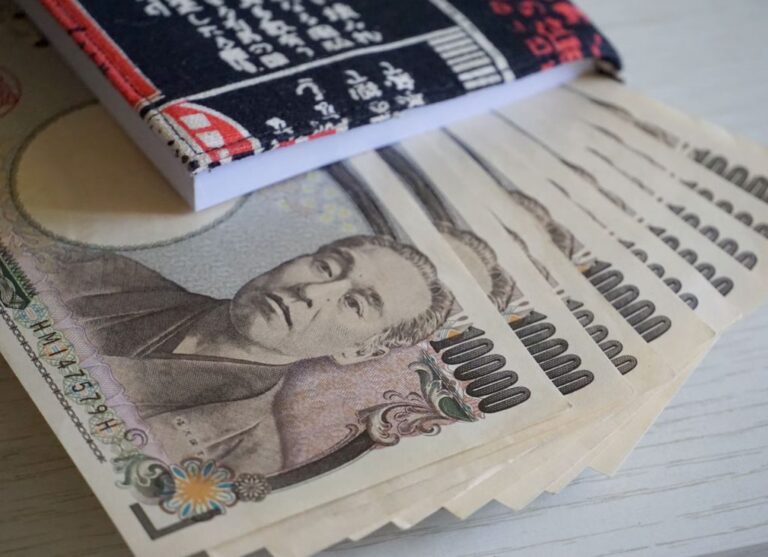
Morning Brief – Emerging Markets
Take one glance at intraday currency moves and you’ll see that volatility is up in a noticeable and pervasive way. There are many expressions of risk in the foreign exchange market at present: the persistent and increasing strength of the US Dollar is symptomatic not just of the increasingly hawkish repricing of Federal Reserve interest rate expectations and month end flows but it is also down to the rising risk environment. But perhaps one of the best barometers of risk is the emerging market basket.
Emerging markets share many characteristics but have different sensitivities to their shared stimulants. Those highly cyclical and more fiscally leveraged economies typically exhibit a greater sensitivity to risk conditions. Within that basket, the South African Rand stands out as a highly risk-sensitive currency. The Rand has suffered against a rising US Dollar and several domestic factors have also been at play to encourage short-Rand flows within the market.
The market was well aware of the state of Eskom and the fragility of power provision in South Africa moving into the last few months, particularly amidst challenging global wholesale energy market conditions. The coal market upon which much of South Africa’s power production relies has not been immune to the challenges that Russia’s invasion of Ukraine has brought. However, as we highlighted, the relative calm in markets was likely overlooking just how damaging loadshedding could be in the current economic environment to South Africa’s economic and financial position.
The devastating and deadly flooding has also added to a pessimistic economic outlook for South Africa with the severe flooding that has taken place in the economically significant province of KwaZulu-Natal also undermining the Rand. Last week, in the midst of the sell-off in the ZAR there was speculation that a real money flow driven by a major asset disposal by Barclays from its shareholding in ABSA Group Ltd was also contributing to the currency’s woes. A stake worth some $687M was sold by Barclays in the banking group with speculation that the proceeds would be converted into hard currency adding to the supply of Rand in markets. So far the Rand has yet to establish a new stable level on its major crosses with the relentless USD into month end continuing to undermine Rand sentiment.
Discussion and Analysis by Charles Porter

Click Here to Subscribe to the SGM-FX Newsletter
Related Insights

Morning Brief – Japanese Yen
Japanese Yen With JPY at a new 34 year low versus EUR, the market is set for an ambush by the Bank of Japan if it acts today at the end of their Policy Meeting to support the Yen. The reason that the market is susceptible is because it has convinced itself that the BoJ […]

Morning Brief – Coalition
Coalition This briefing is about South Africa and the Rand, which frequently proves to be one of the more divisive subjects within our roster of currencies. In particular, with the election looming, this will be about South African governance. Not from a political or human perspective about what may be the best long term outcome […]

Morning Brief – US Tariffs on Chinese Imports
US Tariffs on Chinese Imports Recently we wrote about how Mexico has become the Number One trade partner for the USA. It now transpires that Mexico may have had what is known as a little assist with their numbers: the statistics for the number of 20 foot shipping containers for the first three Quarters of […]



 Humphrey Percy
Humphrey Percy Charles Porter
Charles Porter